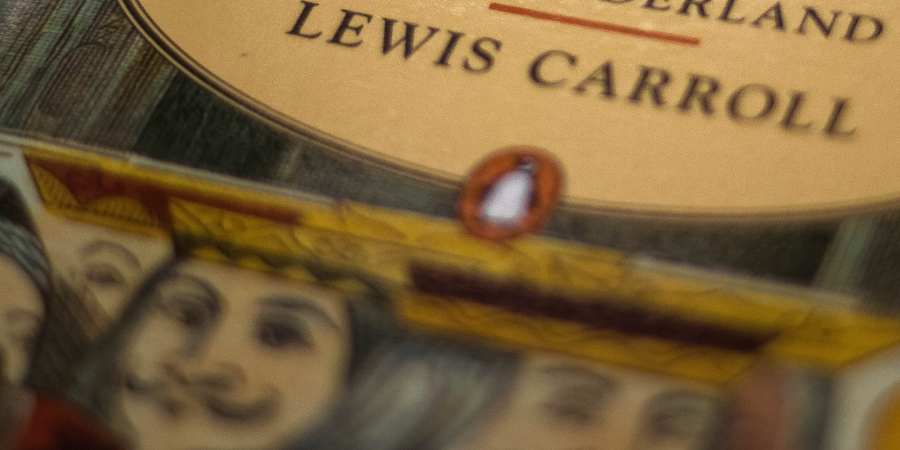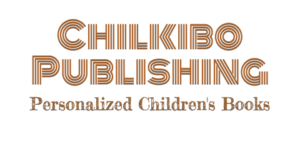Lewis Carroll (real name Charles Lutwidge Dodgson) is best known for his famous Alice in Wonderland books. However, he also wrote plenty of poetry in his lifetime.
Lewis Carroll wrote dozens of poems during his lifetime, though the exact number is unknown. Many of Carroll’s poems appeared in his more famous Alice works, while others were stand-alone poems. His most popular poetry includes his nonsense poems like “Jabberwocky” and “The Hunting of the Snark.”
This article won’t provide a comprehensive list of Carroll’s poems since there are so many. However, you can find a pretty exhaustive list here. In this article, we will go over some of his most famous ones, though, so stick around!

Lewis Carroll’s Most Popular Poems
“Jabberwocky” and “The Hunting of the Snark” are two of Carroll’s most popular poems, primarily because they are written in his notable nonsense writing style. Other well-known poems come directly from his Alice books. These include:
- “Alice and the White Knight”
- “The Mouse’s Tale”
- “The Crocodile”
- “The Mock Turtle’s Song”
- “The Walrus and the Carpenter”
- “The Mad Hatter’s Song”
- “Speak Roughly to Your Little Boy”
Of course, Carroll also has some famous poems that didn’t come from an Alice book. These include his “Phantasmagoria” poems and his Alice-inspired poem “Life Is But a Dream.”
Let’s look at some of these famous works now.
Jabberwocky
“Jabberwocky” is especially popular. It’s a seven-stanza poem featuring 28 lines, and in all those lines, there are hardly any real English words.
Instead, it’s full of words of Carroll’s creation, including:
- Jabberwock
- Galumphing
- Frabjous
- Callay
- Borogoves
- Tulgey
- Vorpal
- Jubjub
- Mome raths
- Outgrabe
- Mimsy
- Gimble
With such insane, indefinable words, it seems like people would hate it. After all, how can you enjoy something that makes no sense? Well, first of all, its senselessness is part of its charm.
However, upon reading it, the poem does make sense. Even though the reader may not understand the words, they can visualize what’s happening in the poem.
A father tells his son to beware of a dangerous beast. The son then encounters that beast in the woods. They fight for a while; then, the son rests. The monster returns, intent on killing the son, but the son slays it with a blade of some kind. Then, he returns home, and his father embraces and is proud of him.
It’s almost like it’s written in real English, after all!
The Hunting of the Snark or “The Fits”
“The Hunting of the Snark” is also a fan favorite. Also referred to as “The Fits” poems (because Carroll wrote them in “fits” over a period of six months), “The Hunting of the Snark” is Carroll’s longest poem. It features 141 stanzas and is mainly written in understandable English, though precisely what a snark is isn’t entirely clear.
However, it’s still considered a nonsense poem.
The story itself is illogical. In it, there are an array of ridiculous characters, including:
- A beaver that makes lace and saves the crew from wrecking
- A man who goes by several names, including “Thing-um-a-jig,” “Candle-ends,” and “Toasted-cheese”
- A butcher who only kills beavers
The poem is full of silly lines and scenarios and never explains what a snark is. Like “Jabberwocky,” it’s pure nonsense, but it’s fun nonsense that many people love to read.
Life Is But a Dream
Carroll was inspired to write “Life Is But a Dream” by his Wonderland stories and how they came to be. Most people know that Carroll created the Wonderland stories at the request of his friend’s daughter, Alice.
In response, he spun a world of stories about a young girl named Alice who found herself in a fantastical world full of talking animals, vicious queens, and things that didn’t make sense. “Life Is But a Dream” talks about the stories and weaves fantasy with reality in how they came to be.
It’s a relatively short poem, so let’s look at it in its entirety:
A boat, beneath a sunny sky
Lingering onward dreamily
In an evening of July
Children three that nestle near,
Eager eye and willing ear,
Pleased a simple tale to hear
Long has paled that sunny sky;
Echoes fade and memories die;
Autumn frosts have slain July.
Still she haunts me, phantomwise,
Alice moving under skies
Never seen by waking eyes.
Children yet, the tale to hear,
Eager eye and willing ear,
Lovingly shall nestle near.
In a Wonderland they lie,
Dreaming as the days go by,
Dreaming as the summers die;
Ever drifting down the stream
Lingering in the golden gleam
Life, what is it but a dream?
The powerful ending line of the poem resonates with anyone with a bit of imagination. After all, haven’t we all experienced something so strange or so beautiful that we have to wonder, “Is this all a dream?”
However, the lovely theme of the poem isn’t the only thing that makes it memorable. It’s also an acrostic poem in which the first letter of each line spells out a name; in this case, that name is Alice Pleasance Liddell, the daughter of Carroll’s friend to whom he first told the Alice stories.
Acrostic and Father William
Carroll penned two other acrostic poems; one simply referred to as “Acrostic” and the other, “Father William.”
The acrostic word in “Father William” spells out Adelaide Paine, another young girl with whom Carrol was acquainted. After “The Hunting of the Snark” was published, he sent Paine’s family a copy, using the acrostic poem as the dedication.
“Acrostic” featured three girls’ names in its lines:
- Lorina
- Alice
- Edith
These were the three Liddell sisters for whom Carroll wrote his stories. According to Poets.org, Carroll hid the handwritten poem in the pages of Holiday House by Catherine Sinclair, which may be why it uses the words HOLIDAY and HOUSE (in all caps) twice within its lines.
Final Thoughts
It’s hard to pinpoint the exact number of poems Lewis Carroll wrote. Some are listed multiple times under different names, while others are only a few lines long and pop up in the middle of one of his more famous novels.
He definitely wrote several that are still well-known today, and many others may have been lost to history. Even so, there’s still plenty of them to read. So if you’ve finished the Wonderland books and want more Carroll, try some of his poetry next.


